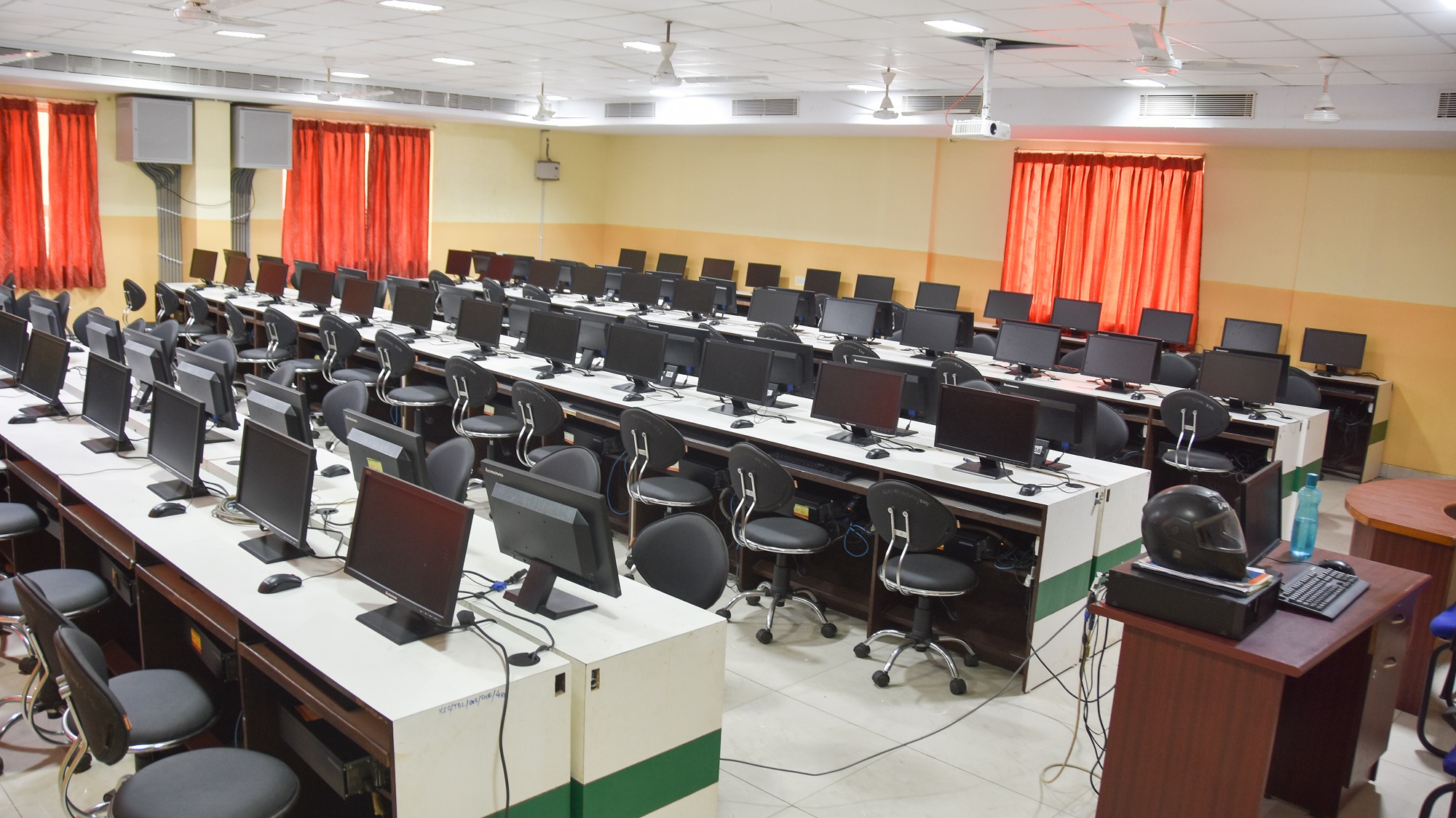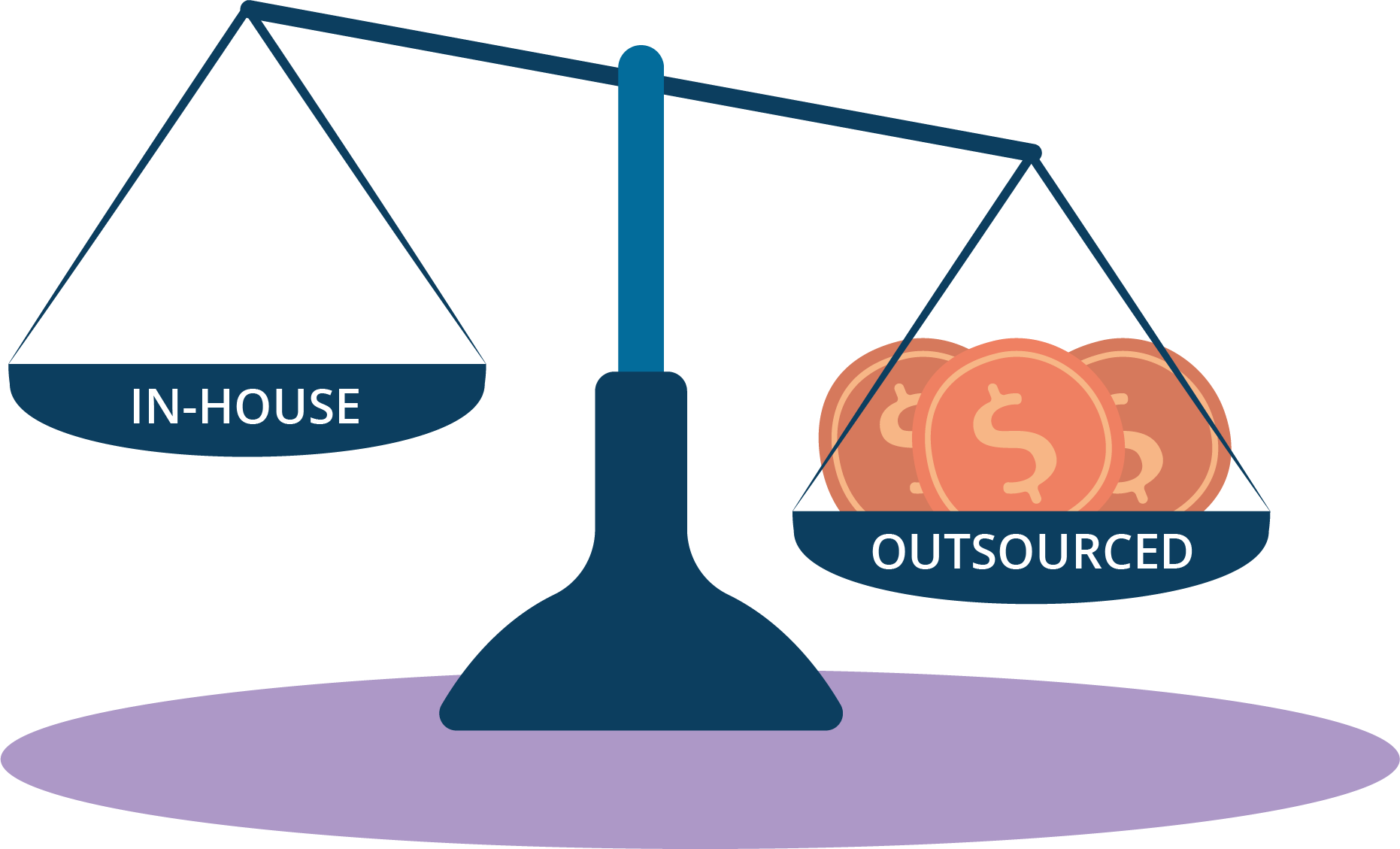Have you ever considered where the words, pictures, and sounds you see every day truly come from, or how they get to be just right for you? It's almost like there's a special place where all these pieces are put together, tested, and polished before they ever reach your eyes or ears. That sort of place, where ideas become actual bits of communication, is what we might call a content laboratory. It is a space, you see, where the very essence of what we share gets its start, much like a busy workshop for ideas.
This idea of a "content laboratory" is a bit different from how we usually think about making things to read or watch. It suggests a more thoughtful, more experimental way of doing things. Rather than just putting words on a page or clips together for a screen, it involves a deeper look at what those words and pictures actually mean to people. It's about figuring out how to make sure what you create really hits home, and in some respects, truly matters to the folks who experience it.
So, what exactly goes on inside such a place? Well, it's where we get to explore all the different ways that information, stories, and thoughts can be put into forms that people can easily take in. It's about understanding that content isn't just one thing; it's many things, and each one needs its own kind of attention. We will, of course, be looking at how this special kind of "lab" works, and what it means for how we communicate today.
- Stan Esports Fan Engagement
- Olivia And Oliver Towels
- Soda Boots Brown
- Best Coffee Beans For Superautomatic Espresso Machines
- Bells Palsy Famous People
Table of Contents
- What is a Content Laboratory, Anyway?
- How Do We Define "Content" in a Content Laboratory?
- The Purpose of a Content Laboratory
- How Does a Content Laboratory Work with Information?
- What Makes Content Successful in a Content Laboratory?
- The Many Meanings of Content for a Content Laboratory
- Beyond Words- What Else Goes on in a Content Laboratory?
What is a Content Laboratory, Anyway?
Think of a content laboratory as a place where ideas get to grow and change, just like plants in a greenhouse, or perhaps, different elements being mixed in a chemistry class. It's a spot where you don't just throw things together and hope for the best. Instead, you carefully consider what you're making, how it will be received, and what kind of impact it might have. This approach is about being quite deliberate with every piece of communication that gets put out there, you know?
In this kind of special setting, people treat words, images, and sounds like things that can be tested and improved. It’s a bit like a chef trying out new recipes until they get the flavor just right. They are always looking for ways to make the message clearer, more appealing, and more effective for the people who will take it in. So, it is about more than just writing; it is about building and refining communication.
The whole idea behind a content laboratory is to move past simply creating things and instead move towards making things that really connect. It means taking the time to experiment with different ways of saying something, trying out various visual styles, or even playing with how a story is told. This kind of careful work helps to ensure that what is made truly serves its purpose, whatever that might be, as a matter of fact.
- Shoes Overpronation Men
- Unravelling Crossword Clue
- Kc Chiefs Winter Coat
- Princess Charlottes Fashion Sense
- Laser Hair Removal Hilton Head
Getting Started with the Content Laboratory Idea
Getting started with the concept of a content laboratory means first getting a good grasp on what "content" actually means. It is, you see, something contained, a collection of bits and pieces that fit together. This could be anything from the words in a book to the sounds in a song, or even the pictures in a movie. It is all the stuff that makes up the main part of something, really.
When we talk about a content laboratory, we are talking about a place where these contained elements are worked on. It's where the raw ingredients of communication are brought in and then transformed into something polished and ready for people to experience. This could involve looking at how to use certain words in a sentence, or how to arrange images to tell a story, for instance.
The work in a content laboratory also involves thinking about the purpose of what is being made. Is it meant to inform? To entertain? To make someone feel a certain way? All these questions are important because they guide the work that happens inside this special kind of creative space. It's about making sure every piece of what's inside serves a bigger purpose, you know?
How Do We Define "Content" in a Content Laboratory?
When we are in a content laboratory, defining "content" is a bit like looking at a diamond with many facets. It is not just one thing; it is many things, depending on how you look at it. For example, it is the substantive information or the creative material itself, quite apart from how it is actually presented. So, the core message, the actual ideas, those are content, regardless of whether they are on a webpage or in a printed book, you see.
For those who produce and share information, like publishers or record companies, "content" means the things they put out for people to consume. It is the stories they tell, the music they share, or the articles they publish. In a content laboratory, we would be thinking about what makes those things good, what makes them connect with people, and how they can be made even better, actually.
It also refers to what a book, a movie, or a song is about. It is the subject it deals with, the story it tells, or the ideas it explores. So, in our content laboratory, we would be pulling apart these stories and ideas, looking at their structure, and trying to figure out what makes them engaging or important to an audience. It is about getting to the very heart of what a piece of communication is trying to say, you know?
The Different Faces of Content in the Content Laboratory
The different faces of content in the content laboratory are truly varied. It can be all that is contained in something, every single item or topic that is dealt with in a publication or a document. This means going through lists, chapters, or sections to truly grasp the full scope of what is being presented. It is about understanding the whole picture, not just bits and pieces, you know?
Content also includes the material itself, like the words you read and the pictures you see. It is the actual text and images that make up an article, a website, or an advertisement. In a content laboratory, we might experiment with different fonts, colors, or image placements to see how they affect how people take in the message. It is a bit like trying different ingredients to get the right flavor, really.
Moreover, the definitions of content can be quite extensive. Dictionaries, for instance, list many different meanings for the word "content," some of which are no longer in common use. This shows just how much the idea of content has changed over time. In a content laboratory, we pay attention to these shifts, always trying to keep up with how people talk about and interact with information, so that our work stays relevant, you see.
The Purpose of a Content Laboratory
The main purpose of a content laboratory is to make sure that whatever information, data, or media is created and shared actually works well. It is about making sure that what is put out on websites, social media, or even traditional outlets like newspapers, truly hits the mark. This means moving beyond just putting things out there and instead focusing on making them effective, you know?
It is a place where we think deeply about the things that are in something, whether those are ideas, facts, or images. The goal is to make sure these elements are arranged in a way that makes sense and connects with people. It is about crafting messages that are not just seen or heard, but that also stick with the audience and perhaps even inspire them to act, as a matter of fact.
The content laboratory also serves as a hub for continuous learning and refinement. It is where we ask questions like, "What does this piece of communication mean to different people?" and "How can we make this message even clearer or more impactful?" This ongoing process of asking and refining is what helps to ensure that the content being produced is always getting better, you see.
Shaping Messages in the Content Laboratory
Shaping messages in the content laboratory involves a lot of careful thought about how words and images work together. It is about understanding that the way something is presented can change how it is received. So, we might experiment with different ways of telling a story or explaining a fact to see which one gets the best reaction, you know?
This process is very much like a sculptor working with clay, slowly shaping and refining until the desired form appears. In our lab, the "clay" is the raw information, and the "sculptor" is the team working to make it into something meaningful. It is about taking those initial ideas and molding them into a form that is clear, compelling, and easy for people to take in, as a matter of fact.
The content laboratory also considers the overall experience of the person receiving the message. It is not just about the words themselves, but about how they feel when they read them, or how they react to a picture. This holistic approach helps to make sure that the communication not only gets its point across but also leaves a good impression, you see.
How Does a Content Laboratory Work with Information?
A content laboratory works with information by treating it like something alive, something that can grow and change. It is not just static data; it is something that can be shaped and molded to fit different purposes. This means taking raw facts, figures, or stories and turning them into something that is not only correct but also interesting and easy to understand for the people who will see it, you know?
It involves a process of breaking down complex ideas into simpler parts, much like a puzzle. Once the pieces are separated, they can be put back together in a new way that makes more sense or tells a clearer story. This kind of work helps to make sure that even very involved subjects can be communicated effectively to a wide range of people, actually.
The laboratory approach also means that information is constantly being reviewed and updated. What was true or relevant yesterday might not be today, so the content needs to be checked and refreshed regularly. This helps to keep everything current and useful, which is very important for keeping people engaged and informed, you see.
Putting Ideas to the Test in the Content Laboratory
Putting ideas to the test in the content laboratory means trying out different ways of presenting information to see what works best. It is like running a series of small experiments. You might try one headline versus another, or one image style over a different one, and then see which one gets more attention or causes people to react in the way you hoped, you know?
This testing phase is important because it takes the guesswork out of creating good content. Instead of just guessing what people might like, you get actual feedback on what truly connects with them. This helps to refine the message and make it much more likely to succeed when it is finally shared with a wider audience, as a matter of fact.
The results of these tests then help to guide future work in the content laboratory. If a certain approach works well, you learn from it and try to use similar methods again. If something does not quite hit the mark, you learn from that too, and try something different next time. It is a continuous loop of learning and improving, you see.
What Makes Content Successful in a Content Laboratory?
What makes content successful in a content laboratory often comes down to how it makes people feel. If you feel content, it means you are satisfied and happy with your situation, and you are not hoping for big changes or improvements. So, for content to be successful, it should leave the person taking it in feeling good, perhaps even a bit satisfied, you know?
This means that the content laboratory pays close attention to the emotional response that its creations cause. Is the reader or viewer left with a sense of clarity? Do they feel informed, or perhaps entertained? The aim is to create something that brings a feeling of completeness or pleasure, rather than confusion or frustration, as a matter of fact.
Success also means that the content meets its intended goal. If it was meant to teach something, did people learn? If it was meant to make someone laugh, did they find it funny? The content laboratory works to make sure that the output not only feels good but also achieves the practical aims it was set up for, you see.
Measuring What Matters in the Content Laboratory
Measuring what matters in the content laboratory is not always about big numbers; sometimes it is about the quiet satisfaction of a message well-received. It is about looking at whether people are truly pleased with what they are seeing or reading, rather than just how many clicks something gets. This deeper kind of measurement helps to make sure that the content is truly resonating with its audience, you know?
This might involve asking people directly how they feel about a piece of content, or observing their reactions. It is about getting a real sense of whether the communication has done its job in making someone feel good or informed. This kind of feedback is very valuable for refining future creations in the content laboratory, actually.
Ultimately, measuring success in this setting is about finding out if the content has created a positive experience. It is about understanding that the true worth of a message lies in its ability to connect with people on a deeper level, leaving them feeling content and happy with what they have taken in, you see.
The Many Meanings of Content for a Content Laboratory
The many meanings of content for a content laboratory are something we explore in great detail. As we saw, the word "content" itself has a lot of different definitions. It can mean what is inside something, or it can mean feeling satisfied. This variety means that a content laboratory needs to be very flexible in how it approaches its work, you know?
It means that we have to consider all the different ways that "content" is used and understood by people. For example, if you refer to the content or contents of something like a book, a television program, or a website, you are talking about the subject
Related Resources:



Detail Author:
- Name : Evangeline Konopelski
- Username : dina91
- Email : goyette.bradley@yahoo.com
- Birthdate : 1979-12-25
- Address : 3882 Reilly Mountain North Theaberg, NH 52274-7950
- Phone : 1-985-430-3593
- Company : Williamson-Stoltenberg
- Job : Amusement Attendant
- Bio : Omnis architecto ducimus ea porro rerum ea. Cum reiciendis laudantium ea doloremque. Nihil dicta optio omnis eos neque aut. Explicabo nemo voluptatem eos repellendus deleniti sed voluptatem non.
Socials
facebook:
- url : https://facebook.com/simonis2010
- username : simonis2010
- bio : Voluptas non fuga sunt in aut molestiae accusamus.
- followers : 2044
- following : 272
linkedin:
- url : https://linkedin.com/in/simonis2022
- username : simonis2022
- bio : Mollitia cum veniam voluptas ad.
- followers : 2108
- following : 252